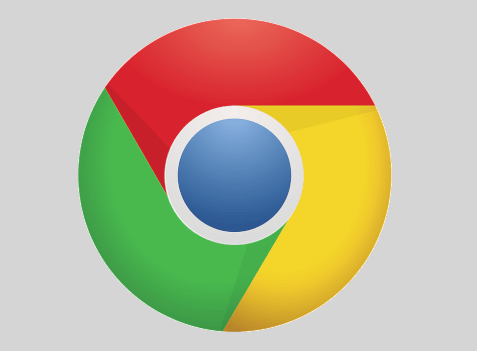Google’s CEO, Sundar Pichia, has announced that Google will be launching its rival to OpenAI’s ChatGPT called ‘Bard’ “in the coming weeks” following its final testing stage.

What Is Bard?
Referred to as ‘Apprentice Bard’ during its development stages, Bard is Google’s conversational AI service which uses Language Model for Dialogue Applications (LaMDA), Google’s family of conversational neural language models. LaMDA made the news in June last year when engineer Google Blake Lemoine reported that LaMDA’s AI system bot was so good that it may have feelings and was saying things that a sentient being would be expected to say. The comments led to Mr Lemoine’s sacking 6 months later.
Lightweight Version
The first release of Bard to the public will use a lightweight version of LaMDA. Google’s CEO says that the fact that it “requires significantly less computing power” will mean that Google can “scale to more users, allowing for more feedback.”
Power, Intelligence, and Creativity Combined
Bard is similar to OpenAI’s ChatGPT in that its users can input a question in a dialog box, a text answer is given, and the user (it’s currently being tested by Google employees), can give feedback on the response.
Sundar Pichai says “Bard seeks to combine the breadth of the world’s knowledge with the power, intelligence, and creativity of our large language models. It draws on information from the web to provide fresh, high-quality responses.” Pichai also highlights his vision for Bard as being “an outlet for creativity, and a launchpad for curiosity.”
Will Change Search Engine Results
In the blog announcement of the introduction of Bard, Sundar Pichai highlighted how adding the AI chatbot technology to a search engine (Google) could add value and change the format of results. For example, Mr Pichai said: “AI can be helpful in these moments, synthesising insights for questions where there’s no one right answer. Soon, you’ll see AI-powered features in Search that distil complex information and multiple perspectives into easy-to-digest formats, so you can quickly understand the big picture and learn more from the web.”
Competition
Following OpenAI being seen as first to the mass market with a super-powerful new generation free chatbot (ChatGPT) which already has millions of users, tech commentators are already noting that a chatbot battle has now attracted competitors, with Google’s Bard looking like being next on the scene.
Examples of how the competition is hotting-up and of competitors that are currently known about include:
- Google has also announced a $300m investment in a start-up firm called Anthropic, which gives Google a large cloud contract and stake of about 10 per cent in the company. It is understood that the Google/Anthropic collaboration is intended to produce a generative AI chatbot to rival ChatGPT. Anthropic was formed with people who had worked for OpenAI.
- Google is also reported to be working on a project called ‘Atlas,’ also to develop a rival to ChatGPT.
- Facebook/Meta launched its ‘Blenderbot’ AI chatbot in the US last August. At the time, Meta described Blenderbot, built from Meta AI’s publicly available OPT-175B language model, as “a chatbot that can search the internet to talk about nearly any topic”.
What Does This Mean For Your Business?
The public release of OpenAI’s ChatGPT has meant that the chatbot battle has commenced in earnest as the big tech companies, some of whom already have close working ties (Microsoft) with OpenAI, start to announce the testing and release of their own competing versions, i.e. Google’s Bard and its investment in Anthropic.
Big tech companies like Microsoft and Google have realised the need to incorporate AI in their cloud offerings. Both have the cloud computing platforms to handle the size and complexity of the new AI models, and both have exercised their market power and chosen AI specialist partners (OpenAI and Amorphic) to help them to move forward with it quickly.
For business users, the introduction of powerful AI chatbots is delivering cost and time savings, creating new business strengths and opportunities, and it will be exciting to see what Bard and other new chatbots can do as they are introduced.
By Mike Knight
